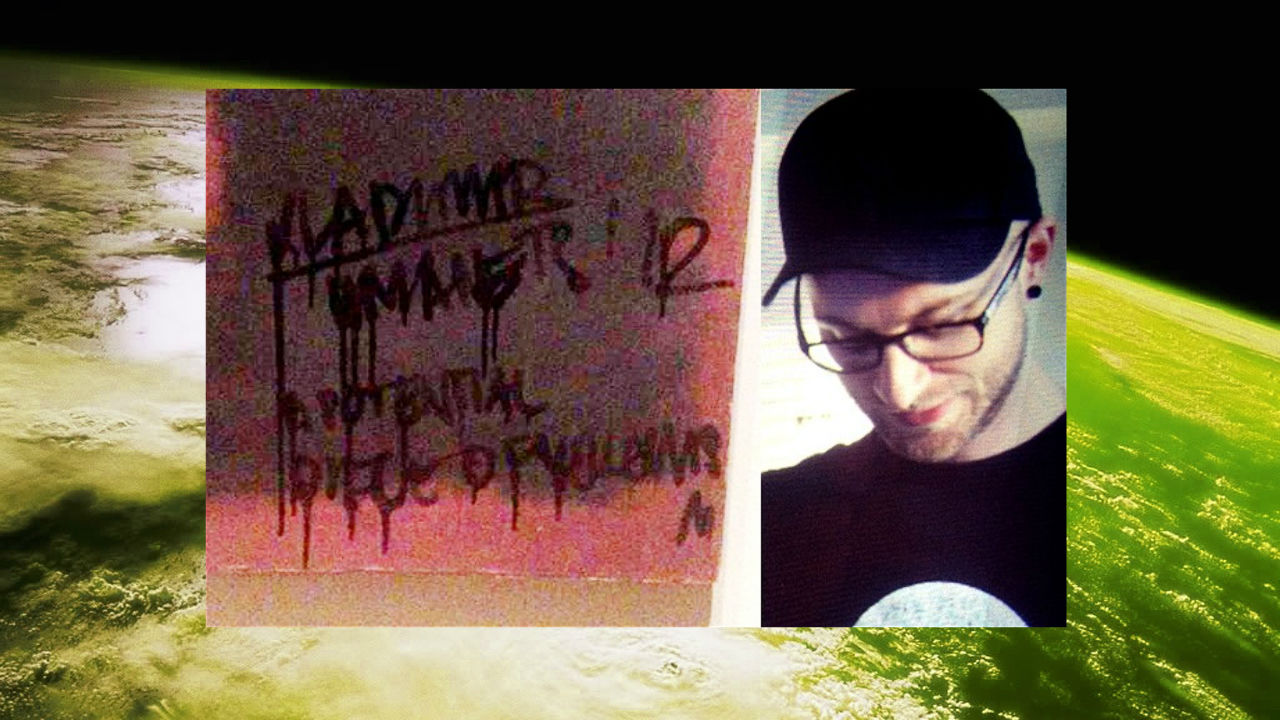“I made a mistake,” Vladimir Umanets wrote in The Guardian this week. In October 2012, Umanets had written his name and “a potential piece of Yellowism” in black marker on Mark Rothko’s Black on Maroon at the Tate Modern in London, causing $300,000 worth of damage to the $8-$15 million painting. Though he denied being a vandal from the start, qualifying his actions as a sort of a philosophical intervention, he was arrested and sentenced to two years in jail.
After 1.5 years in prison, he is very, very sorry, particularly for the “crime of vandalism.”
…my actions were wrong because they served not only to heap ridicule upon myself, but also to turn the public against Yellowism. It doesn’t matter how important one believes one’s ideas to be, nor how genuine one’s intentions are, it is unacceptable to deface someone’s property without permission. What I did was selfish. My act has hurt many art enthusiasts and I deeply regret it.
The rest of the unpaid editorial reads very much in the same tone of a court-mandated public apology, with some Oscar Wilde quotes thrown in and a polite rant about the art world being flat, business-centric, uncreative and repetitious, and how Yellowism — “an autonomous phenomenon in contemporary visual culture” — was meant to confront that soulless monotony, but what Umanets did was “not the right way of going about it.”
Actually, it was precisely the right way to go about doing it.
When I interviewed his partner in Yellowism Marcin Lodyga three days after the happening, he asked, “Don’t call us artists or vandals.” After an hour or two off emphatic gestures over Skype video chat, he convinced me in the validity of their concept — by force-attributing the quality of “Yellowism” to any artwork or object, they flatten all its meaning to the very arbitrary concept of the color yellow. It’s post-Duchamp, a reverse appropriation — like Nihilism, only instead of everything meaning nothing, “potential pieces of Yellowism” mean something specific, something that means nothing but itself… It’s not Kierkegaard, but it’s alright. And what we know as “the crime of vandalism” is a pretty precise method of delivery.
And in the end, there’s a very publicly remorseful criminal who served prison time for damaging a luxury object/important painting. So maybe those of you that sneered, seethed, jeered and refused to “give him any attention” can chill out now, as he has in prison. Sure, they’re a little too convinced of their own brilliance, but forget that and consider Michael Craig Martin’s An Oak Tree that Marcin talked so excitedly about in 2012. “He decided that the glass of water is literally An Oak Tree,” Marcin said, describing the transmutational sculpture of a glass of water on a glass shelf. “This is a bit similar. We are changing the substance of the object into pure expression of the yellow color.”
What have we learned from the Yellowists? Conceptual art is good. Vandalism is illegal. Prison sucks. And none of us particularly likes the color yellow.



